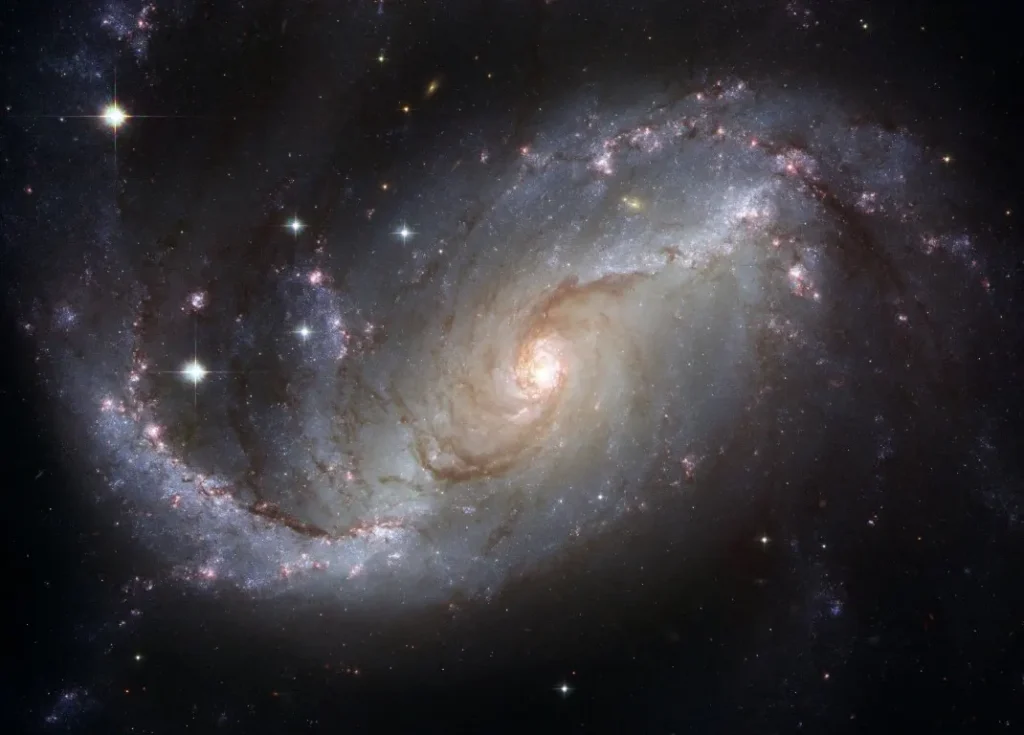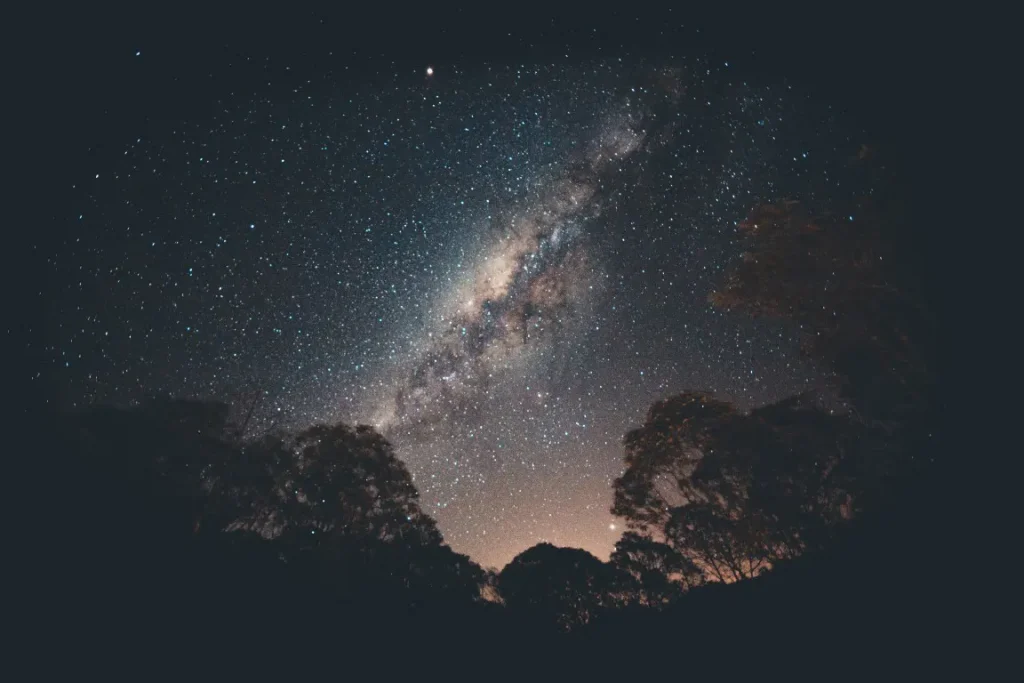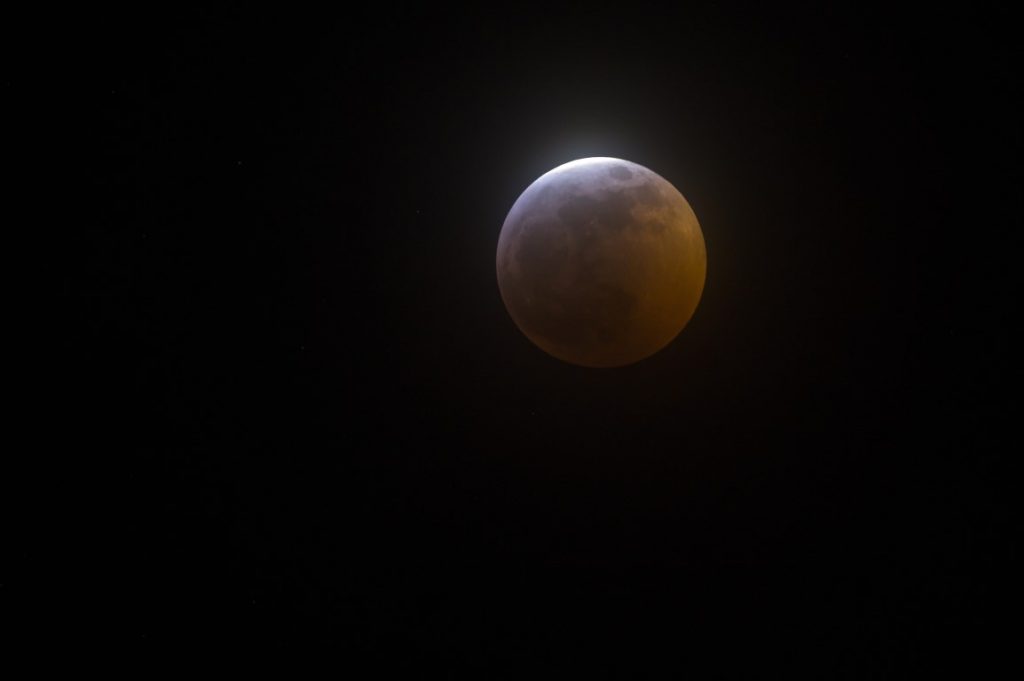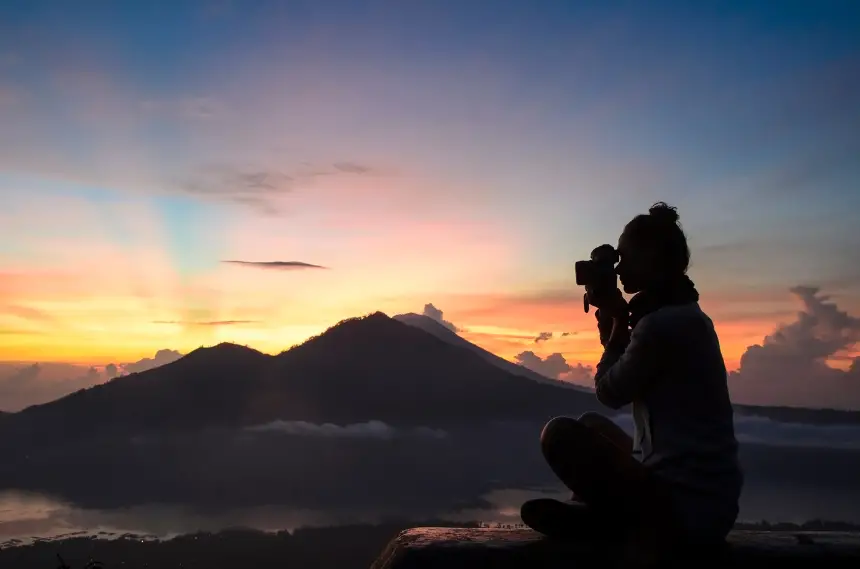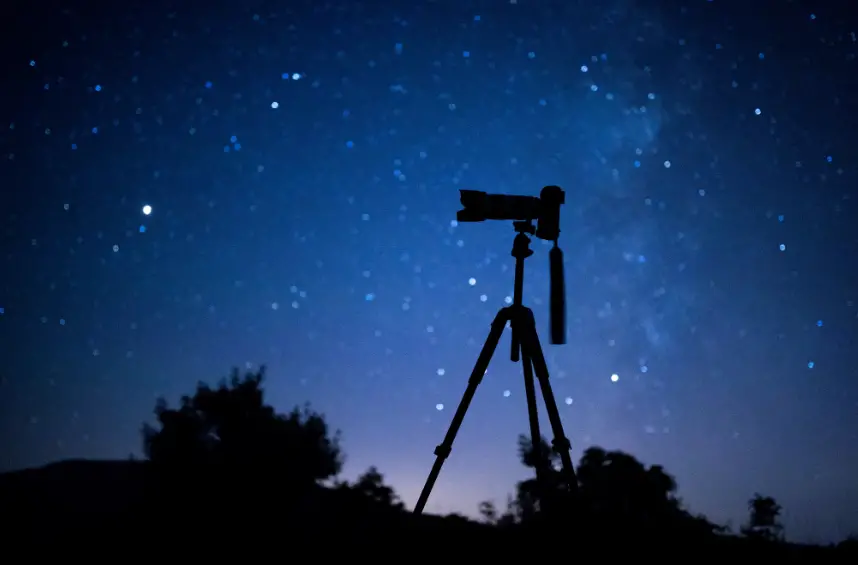
Yes, you can. However, only a portion of the sky at night can be captured with a 50mm lens, but this focal length is ideal for capturing constellations like Orion.
You may not be capable of holding an exposure longer than 10 minutes in astrophotography without introducing star trails. Still, with a 50mm lens, one may also catch features that wider lenses cannot.
A wider lens than a 50mm one has more benefits than drawbacks in astrophotography.
Here I shared a common interest in photographing the night sky using this lens for those of us who have a 50mm lens or are considering purchasing one.
The quality of the DSLR and ISO capabilities and the location where you are taking the photos may all affect how effectively you capture the night sky, whether using a 50mm lens or any other lens.
Nowadays, it is challenging to discover locations without light pollution, and you may have to travel a dozen miles away from town to see the night sky in its full glory.
This video also supports you to add marvellous memories to your astrophotography journey with a 50mm lens.
In Astrophotography, The Aperture Of The 50mm Lens
A 50mm lens’s aperture is just as important as the quality of the DSLR you use for taking night sky photos.
A typical 50mm lens has an aperture of f/1.8, which is fine for most situations, but you will need to bump up the ISO to capture fine details in the starry sky.
The f/1.4 version of the 50mm f/1.4 lens is superior to the f/1.8 variant in terms of image quality and lower ISO numbers.
In astrophotography, many vignettes or distortions may be seen while photographing at f/1.2. Thus, it is not always the best idea to use this setting.
This problem might easily be solved by reducing the lens’s maximum aperture to a minor aperture than the lens’s own wide angle of f/1.4 or f/1.8.
There is a noticeable improvement in sharpness, as well as reduced distortion and vignette, as a result.
For Astrophotography, Should I Use A 50mm Lens With Aps-C Or A Full-frame Sensor?
A 50mm lens becomes a 75mm lens when used with an APS-C sensor camera’s drop rate of 1.5 xs, whereas a full-frame camera keeps the same focal length numbers.
Most 50mm lenses are built for full-frame cameras, so even while you can have them on an APS-C sensor, you’ll have both benefits and pitfalls to consider.
You can eliminate the vignette by mounting a full-frame 50mm lens on an APS-C sensor camera, but you’ll lose some light as a result of the lens’ more significant surface area for catching the light.
How To Take Night Sky Photos With Such A 50mm Lens?
The quality of your photographs will deteriorate if you choose a location with a lot of light pollution.
- Using a tripod and a lens with manual focus, take a picture.
- Set your camera to manual mode to customize the aperture, ISO, and shutter speed.
- Use the live focus mode to locate a bright star, then manually zoom inside and focus until you achieve the desired level of clarity. While looking via the viewfinder is an option, the stars may seem faint, and your focusing accuracy may be less precise than if you used the live focus mode. If you cannot see any stars in live view mode, try looking at a faraway light instead.
- To lessen camera shaking caused by reflections in the mirror, turn off the live view and shoot with the mirror up.
- Make sure your camera is aimed at the constellation or region of the sky at night you want to capture.
- Set the aperture to the widest setting possible for your lens and set the shutter speed to 8 seconds for a full-frame camera and roughly 6 seconds for an APS-C camera.
- In addition, you may manually change your camera’s ISO to numbers between 2500 and 6400, depending on the capability of your camera. Astrophotography Noise reduction is achieved by lowering the ISO setting.
- Test the waters. The mirror-up feature requires that you press the shutter button twice. Having a shutter release cord attached to the remote control is excellent.
- The sharpness of your picture should be checked to determine whether any parameters need to be changed. Take roughly eight shots one after the other for post-processing purposes.
- Adjust the camera position and take as many exposures of the sky at night as you want until you run out of battery power.
To do the best astrophotography shoot you should enrich with the knowledge of all astrophotography lenses. So, to get a clear knowledge, you can read my article about the best astrophotography lenses.
Is A 50mm Lens Good For Astrophotography?
Although the Canon 50 f/1.8 STM isn’t the best f/1.8 lens on the market, it performs pretty well at f/2.8 or higher apertures. It’s an excellent astrophotography tool for low prices, especially for panorama stitching.
Best 50mm Lens For Astrophotography
- Canon’s EF 50mm f/1.8
This lens is lightweight and suitable for night-time photography. So, if you are interested, you can check its latest price.
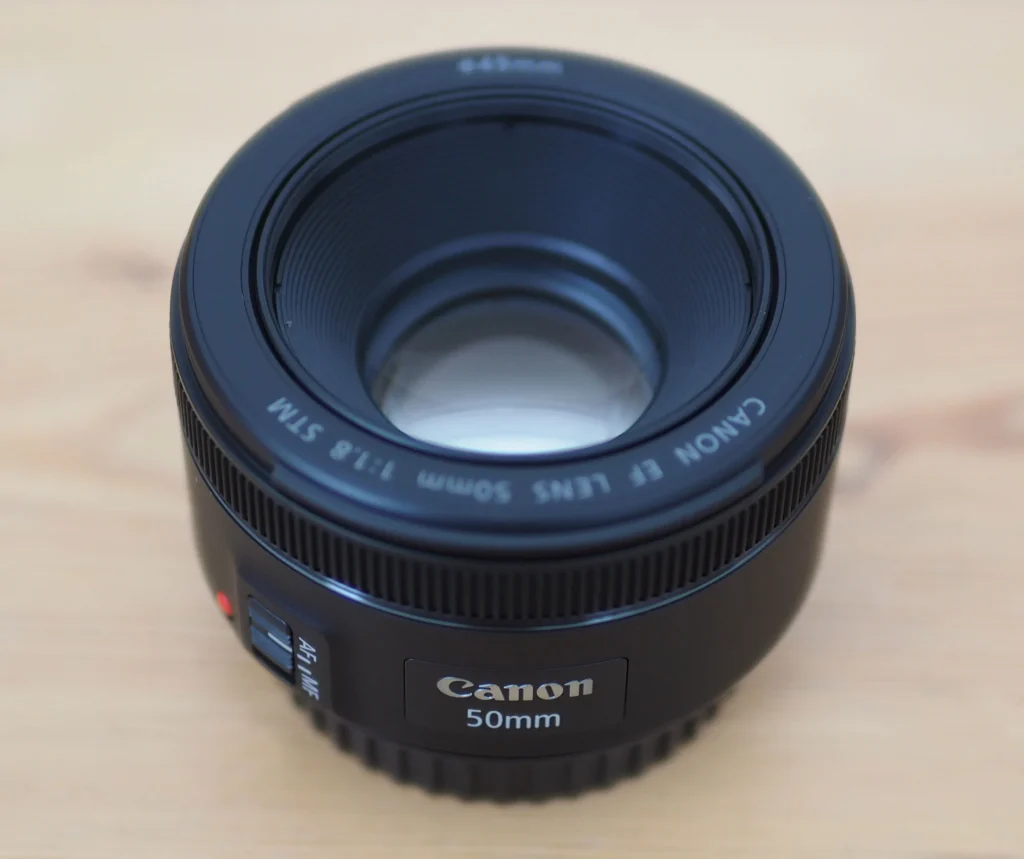
Using F/1.8 as your widest aperture, you will get a beam of sunlight inside a short time, but your stars will seem a touch rough around the frame’s borders.
Stopping back to F/2.8 and F/3.2 makes a huge difference.
- Nikon’s AF-S
Compact, high-speed FX-format prime lens.
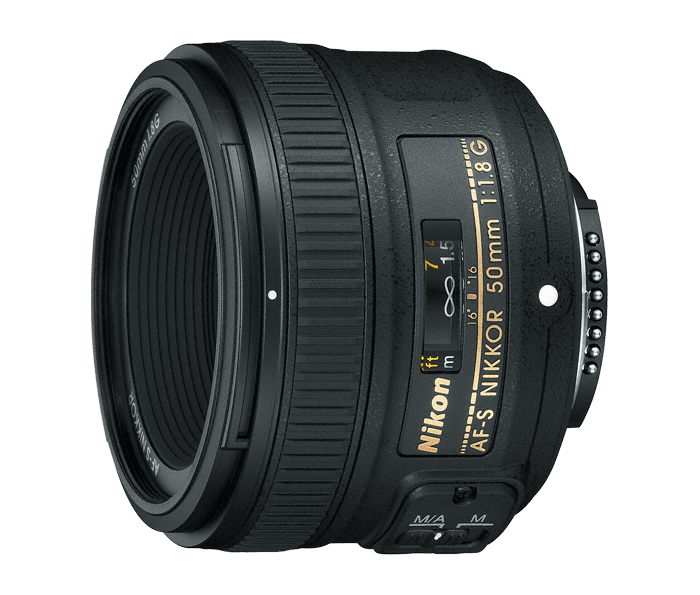
The most excellent reproduction ratio for a 35mm (135) image is 0.15X, with a picture angle of 47 degrees. 50mm focal length, 1.48-foot minimum focus distance (0.45 meter).
If you are interested, check the price now.
Optical system featuring aspherical lens element and Nikon quiet wave motor (SWM).
- YONGNUO YN50mm
Beautiful defocused bokeh may be achieved using a 7-blade circular aperture.
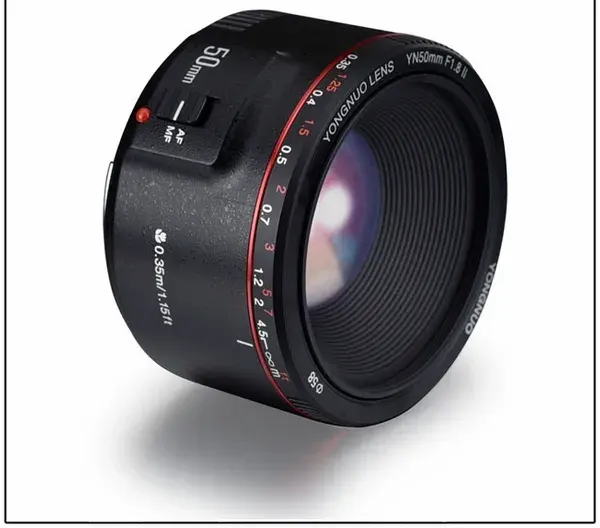
Full-frame E-mount cameras will benefit from this compact and lightweight design. Check the latest price of this lens.
- Sony
Photographing with an F1.8 big aperture and a synthetic backdrop makes it more enjoyable.
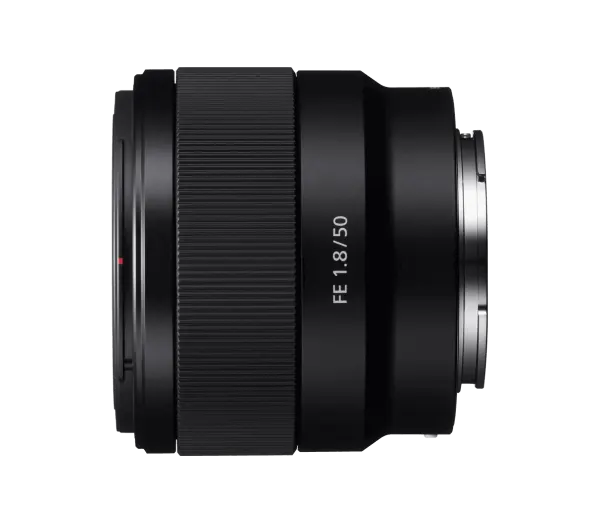
Full-frame and APS-C cameras and five groups of focus are supported—slice of 6 construction of a lens.
If you are interested, you can check the latest price now.
Here I provide a table that indicates the lens type and price of each lens that we discussed above.
| NAME | LENS TYPE | PRICE |
|---|---|---|
| Nikon | Standard | $216.95 |
| Canon | Fixed-non-zoom | $169.99 |
| YONGNUO YN50mm | Standard | $82.00 |
| Sony | Standard | $208.99 |
Can You Shoot The Milky Way With A 50mm Lens?
It’s one of my favourite methods for photographing the Milky Way,
As well as the 50mm f/1.8 STM proved to be an excellent lens for the job.
Tips To Improve Your 50mm Astrophotography
- Use The Camera’s Delay Timer Or Even A Remote Control
We use long-exposure photography to catch as much sunlight (or signal) as possible in a picture.
This necessitates keeping the shutter open on the camera for extended periods to catch faint light from space.
To destroy a photograph, even the tiniest movement of the camera, such as touching it, is enough.
To prevent this, you may utilize the delay timer included in the camera’s settings, which is the easiest solution.
The delay time is generally between two and ten seconds and may be determined in the driving mode. Using a remote shutter button timer to regulate the shots is simpler and more efficient.
Use this method to prevent a fuzzy photo with rectangular stars and trailing edges.
These wires are the best way to do it for those who want to take longer exposures and automate a sequence of photographs.
- On A Bright Star, Make Use Of Live View And Manual Focus
First, astrophotography newbies must learn to focus a camera for a picture properly.
Because the planets are too dark and tiny for the cameras to utilize autofocus, you’ll need to switch to manual focus (MF).
If you don’t get the photograph you want, one mistake with your camera’s focus might be the end of your photo session.
Camera distortion and star trailing may be rectified and disguised to some degree, but an unfocused photo cannot be repaired or hidden.
Look up into the night sky and point your camera towards a brilliant star or moon/planet.
You may see what the sensor sees in real-time by switching on “live-view” mode on your camera. A brilliant star should be seen on your camera’s LCD screen if you follow these instructions.
50mm Astrophotography Settings
- Ten shots with f/1.4, ISO 12,800, and a second for the sky were stacked together to create this beautiful starfield.
- Enjoy the Milky Way’s delicate intricacies while photographing with a 50mm lens!
50mm Astrophotography Targets
- Elephant’s Trunk Nebula
The more delicate features of the Elephant’s Trunk Nebula may be seen with either HaLRGB or narrowband imaging.
It is possible to photograph the Elephant’s Trunk in a small field of view, but it is also possible to photograph the whole IC 1396 compound.
- Bubble Nebula
Despite the Bubble’s roundness, a brilliant giant star, estimated to be 40 times our Sun’s mass, lies in the center of the Bubble Nebula’s gaseous shell.
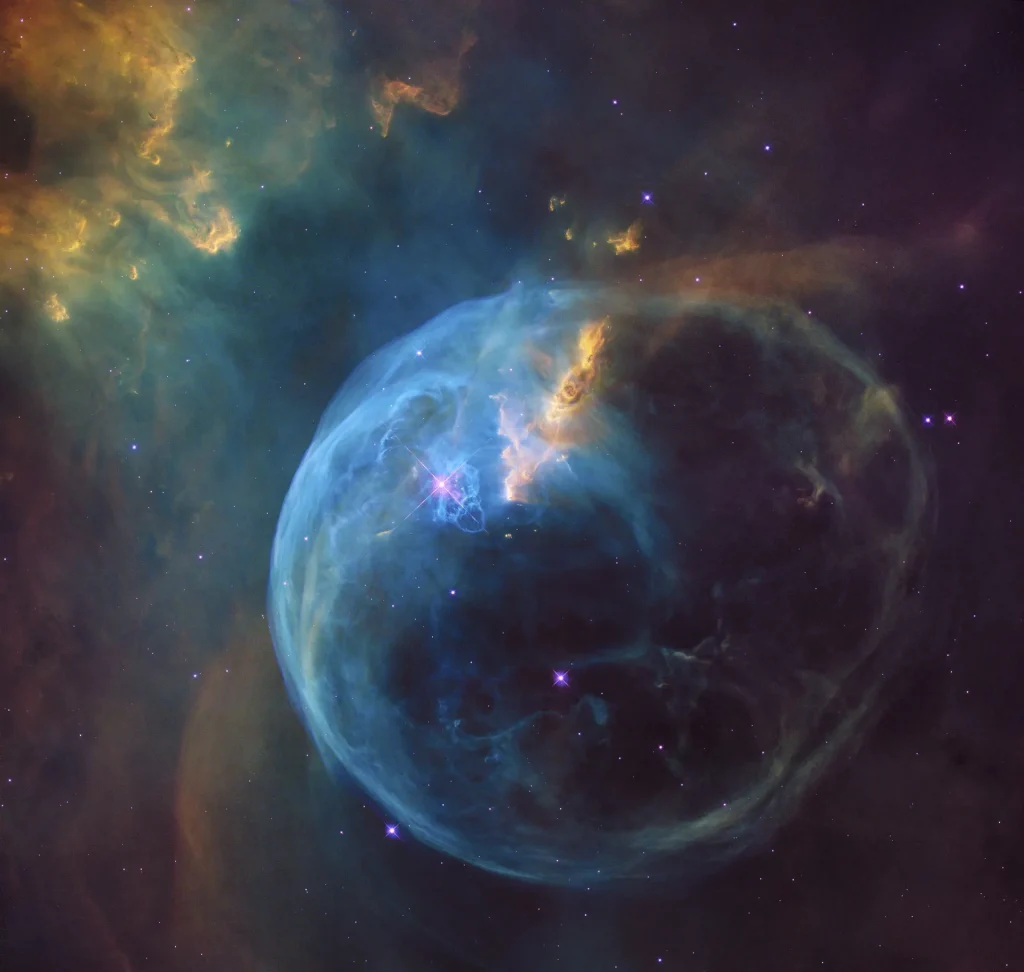
Although HaLRGB works effectively, the Bubble is traditionally a narrowband target.
To get the most out of this target, utilize 1×1 binning and keep going as long as possible, especially for the delicate bubble formations.
Conclusion
Even for astrophotography, a 50mm lens is an intelligent investment.
There are many various viewpoints, and ours is only one of them!
You should utilize your 50mm lens to capture the night sky if you already have one. Remember that 50mm lenses are among the most inexpensive and high-quality.
While utilizing your 50mm lens, if you check below video you can enrich your idea about astrophotography settings and tips.
Justin Parker is a professional photographer and has been in the industry since 2007. He attended the University of Georgia. Justin combines his passion for photography and his interest in writing to give life to this blog which talks about photography in order to help and inspire young photographers.

